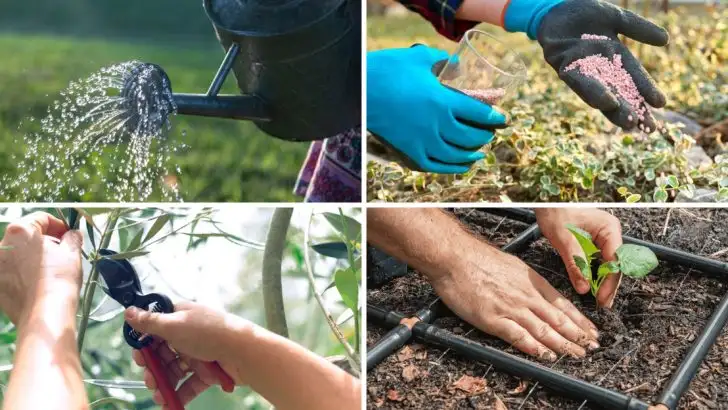I used to think I was doing everything right in my garden—following all the advice I’d read online, watching tutorials, even asking for tips at the nursery. But year after year, things just weren’t clicking. Plants would struggle, soil felt off, and nothing really looked alive, no matter how much effort I poured in. Eventually, out of frustration more than anything else, I started doing things my own way—and that’s when everything changed.
It turns out, some of the most common gardening tips weren’t just unhelpful for me—they were actually holding things back. Ignoring them felt counterintuitive at first, but the results spoke for themselves. Here’s what I stopped listening to, and how my garden started to actually feel like it was working.
Watering Daily
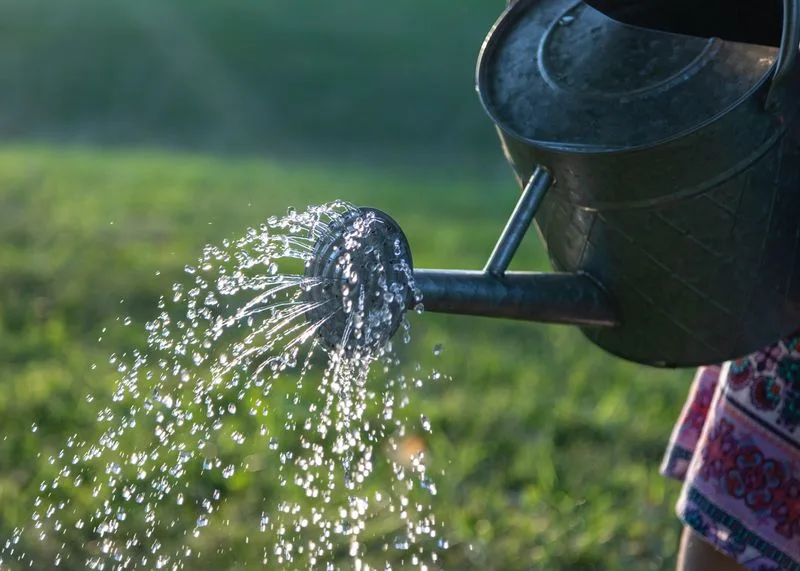
Contrary to popular belief, watering your garden daily might not always be beneficial. Plants can become overly dependent on frequent watering, leading to shallow root systems. Instead, I opted for a less frequent but deep watering approach. This allowed the roots to grow deeper, accessing moisture further down in the soil. Over time, my plants became more drought-resistant and robust. The result was a garden that thrived without the constant need for attention and water. It was a refreshing change to see my plants flourish with less intervention on my part.
Fertilizing Every Week

Weekly fertilizing can lead to nutrient overload, which may harm plants. I decided to cut back and only fertilized when necessary. By observing the plants and understanding their specific needs, I avoided over-fertilization. As a result, my garden maintained a balance of nutrients, allowing each plant to draw what it needed from the soil naturally. This approach supported a sustainable gardening practice that promoted healthier plant growth. It was surprising to see how well everything grew without constant feeding. Less really did turn out to be more in this case!
Pruning Regularly
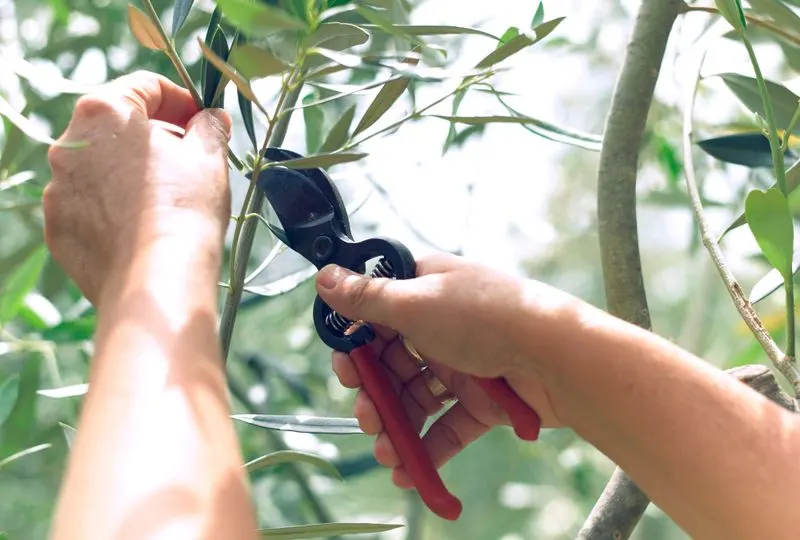
Regular pruning is often recommended to encourage growth, but sometimes letting plants grow naturally can be beneficial. By allowing plants to follow their growth patterns, they developed more vibrant foliage and flowers. The garden became a beautiful display of nature’s own design, without my constant intervention. Some plants even produced more blooms and foliage than ever before. Embracing a little wildness not only saved me time but also resulted in a garden that was full of life and character. It was a joyous discovery to let nature take its course.
Using Commercial Pesticides
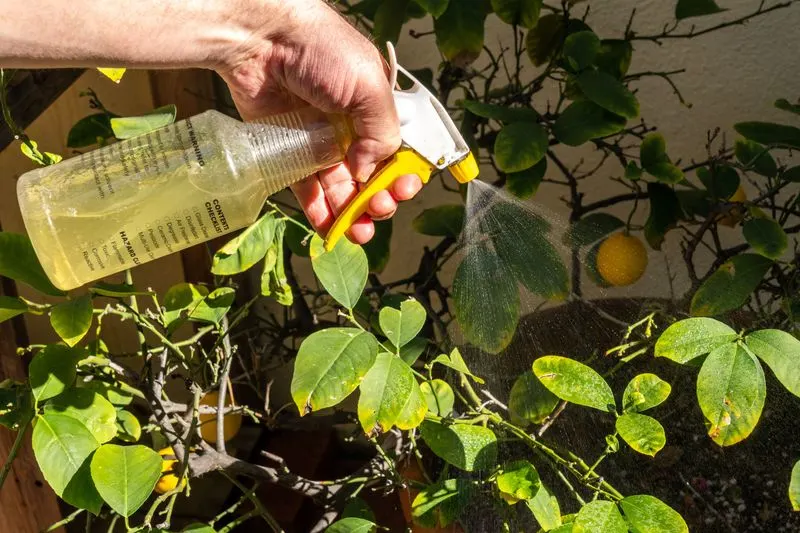
The use of commercial pesticides seemed necessary, but I opted for natural pest control methods. Introducing beneficial insects and using homemade remedies kept harmful pests at bay. This approach encouraged a balanced ecosystem within the garden, where beneficial insects flourished and pests were naturally controlled. The result was a thriving garden without the harsh chemicals affecting the environment. The plants appeared healthier and the garden became a lively habitat for various creatures. It was a rewarding experience to see a natural balance achieved, proving chemicals aren’t always the answer.
Planting in Perfect Rows
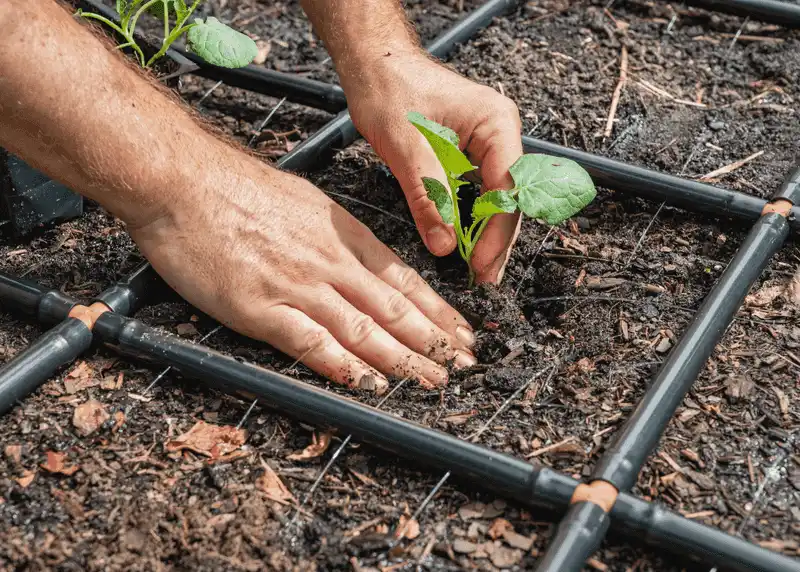
Traditional advice often emphasizes planting in neat rows, but I discovered that allowing randomness in planting brought unexpected benefits. This approach mimicked natural plant growth, reducing the spread of pests and diseases. The diverse planting pattern created a dynamic and visually stunning garden. Plants thrived as they competed less for resources and supported each other in growth. This method fostered a more resilient garden, less susceptible to the effects of pests and harsh weather. It was liberating to break away from strict orderliness and see beauty in chaos.
Keeping Soil Always Covered

Conventional wisdom suggests keeping soil covered to retain moisture, but leaving some soil exposed had surprising benefits. It encouraged beneficial microorganisms and fungi to thrive, enhancing soil health naturally. The exposed soil also improved drainage during heavy rains, preventing waterlogged roots. This change supported a more balanced ecosystem in the garden, where plants adapted to varying conditions. The decision to allow some bare soil brought new life to my garden, proving that sometimes exposure can lead to unexpected growth and vitality.
Using Only Organic Seeds
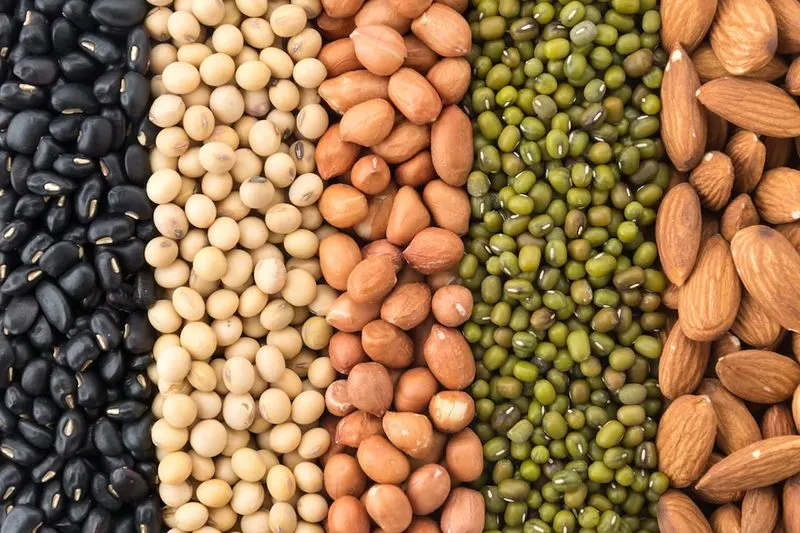
While organic seeds are praised for their purity, using a mix of seeds led to a diverse and resilient garden. Non-organic seeds offered varieties that were more resistant to local pests and climate conditions. This diversity in genetics resulted in a robust garden, teeming with different species that complemented each other. The combination of seed types allowed me to explore new gardening possibilities and grow plants that were both beautiful and sustainable. It was enlightening to see how a blend of seeds could create such a thriving environment.
Constantly Removing Weeds
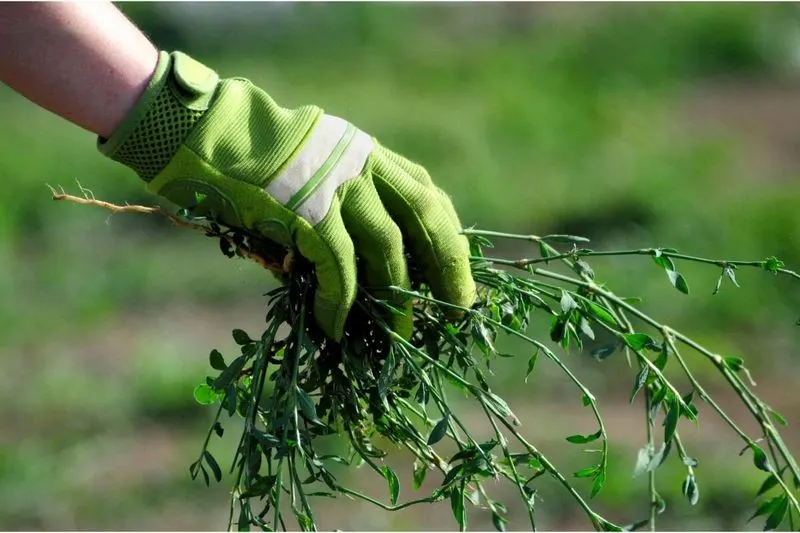
The battle against weeds is a common gardening chore, but allowing some to coexist with plants brought unexpected harmony. A few weeds provided shelter for beneficial insects and contributed to soil health. They also helped prevent soil erosion by stabilizing the ground. The garden thrived with this newfound balance, where weeds played a supportive role rather than a destructive one. It was a revelation to see how a less aggressive approach to weeding could enhance the ecosystem. This coexistence created a vibrant and flourishing garden.
Relying Solely on Mulch
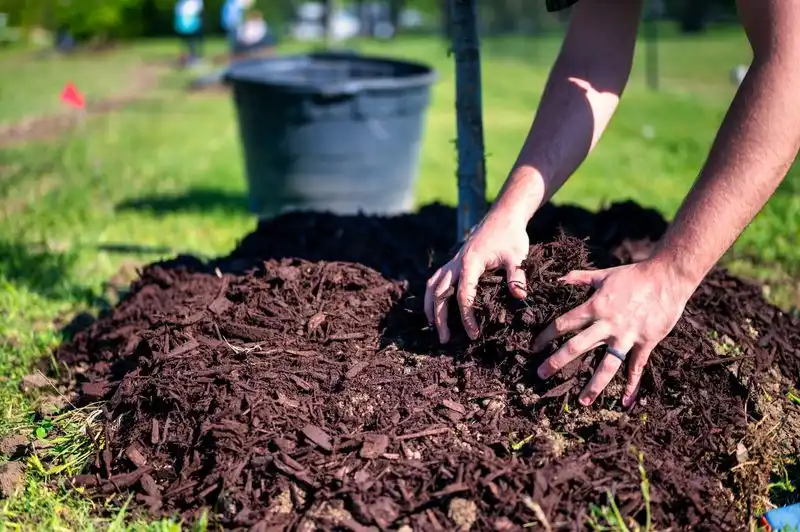
Mulching is often used to retain soil moisture and suppress weeds, but exploring other ground covers transformed my garden. Incorporating diverse materials like ground cover plants, stones, and bark created a varied and visually pleasing landscape. These alternatives provided habitat for beneficial organisms, enhancing soil fertility naturally. This approach reduced my reliance on mulch, fostering a garden full of life and texture. The plants thrived in this rich environment, showing that diversity in ground covers can lead to a more dynamic and healthy garden.
Following Strict Planting Schedules
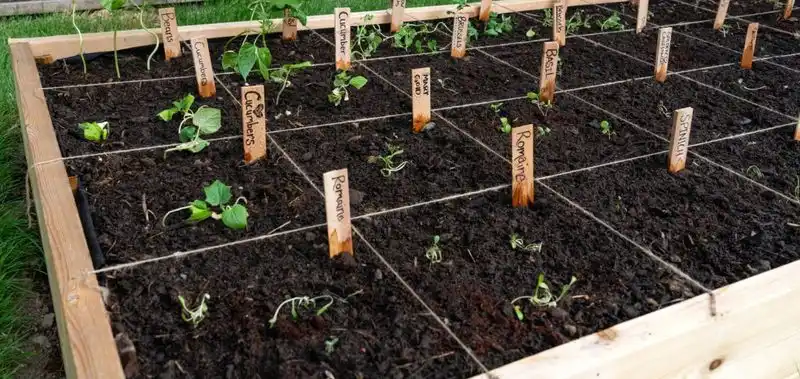
Gardening schedules can provide structure, but breaking away from them allowed my garden to flourish. I planted based on weather conditions and intuition, rather than a strict timetable. This flexibility enabled plants to establish themselves when conditions were optimal, leading to healthier growth. The garden became a tapestry of different life stages, each adapting to their environment in their own time. It was liberating to trust my instincts and see how adaptability could result in a thriving garden. Embracing change became a key to success.
Sticking to Traditional Crop Rotations
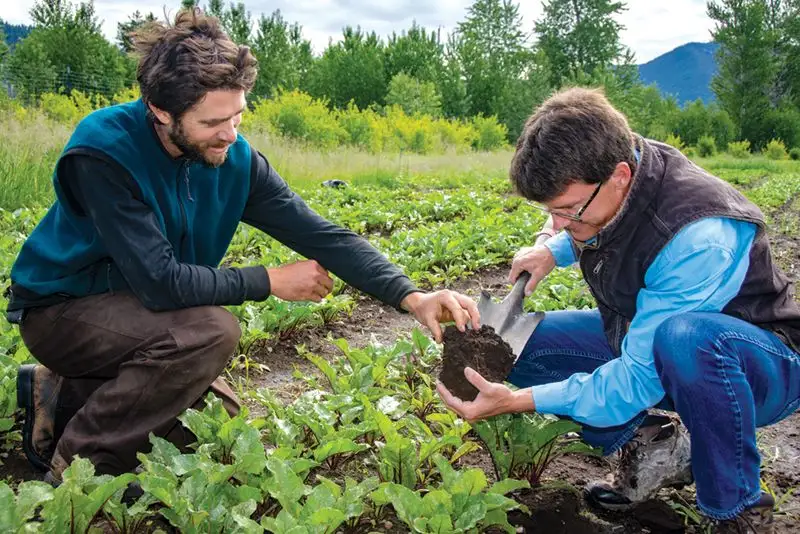
Traditional crop rotations are designed to prevent soil depletion, but experimenting with new arrangements brought my garden to life. I focused on companion planting and diversification, blending plants that supported one another in growth. This method reduced pests naturally and enhanced soil fertility through varied root systems. The garden became a collaborative ecosystem where plants thrived together, surpassing the limitations of standard rotations. It was invigorating to break from tradition and witness the power of innovative planting techniques. Creativity truly made a difference.
Rigid Seasonal Planting
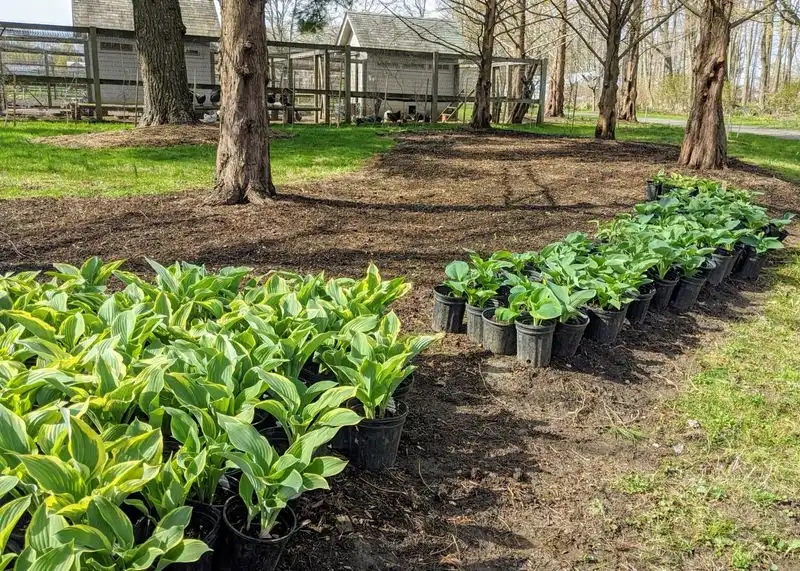
Seasonal planting guides often dictate what to plant and when, but embracing unpredictability led to surprising results. By experimenting with planting times, I discovered new growth patterns and resilience in my plants. They adapted to unexpected weather changes, flowering and producing fruit at unusual times. This adaptability enriched the garden’s diversity, offering blooms and harvests throughout the year. It was fascinating to see how plants responded to the freedom of non-traditional planting schedules. Embracing unpredictability taught me that nature thrives on flexibility.

